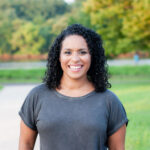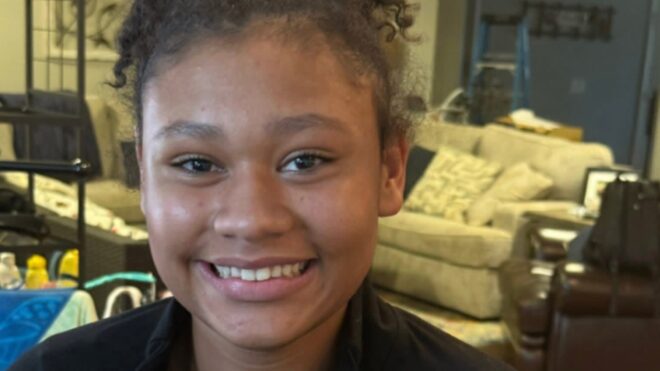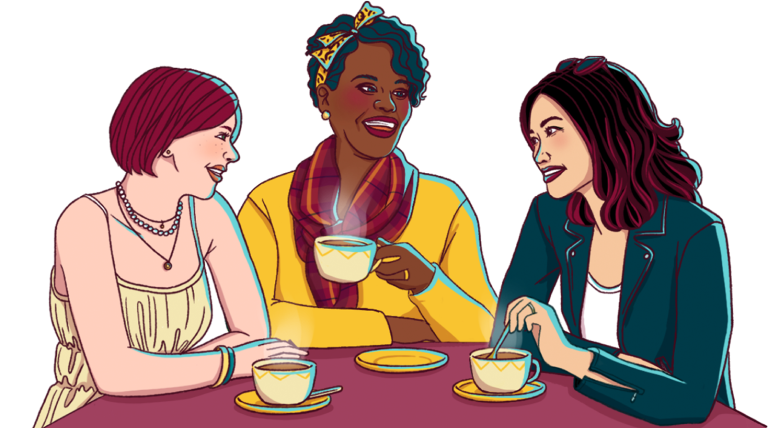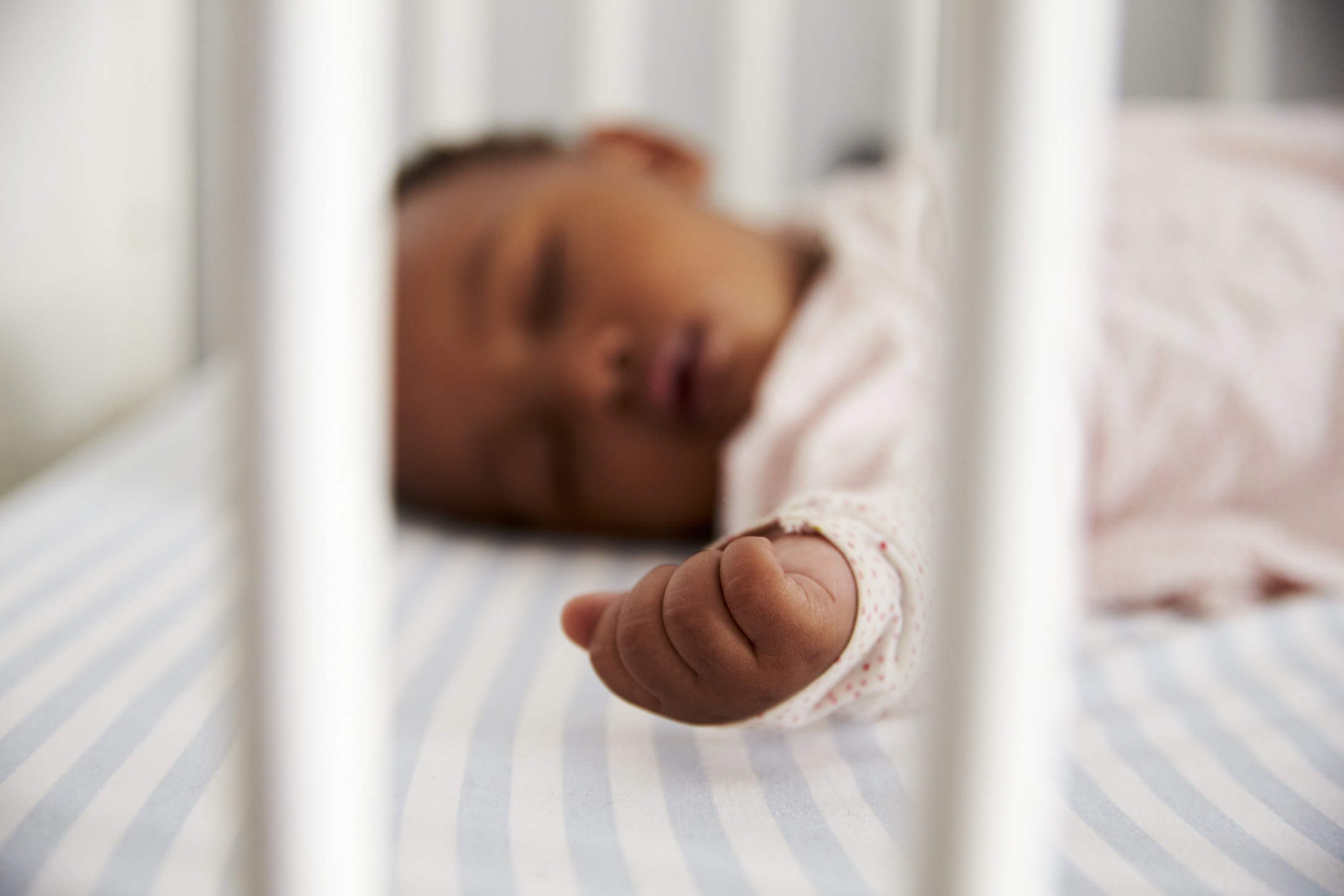
In the hopes of helping parents prevent SIDS deaths, the American Academy of Pediatrics, or AAP, has made significant updates to its recommendations for infant sleep for the first time since 2016. Although a number of the new recommendations are just minor tweaks to previous recommendations, in some cases, the organization is now taking a firm stance on the safety of certain infant sleep habits and household practices that have proven to increase the risk of sudden infant death syndrome and explaining why some sleep habits are so risky.
We know every parent wants to do whatever they can to keep baby safe, but official recommendations can sometimes be tricky to understand, so we're breaking down the new AAP guidelines for safe infant sleep.
Sleep surfaces should be "firm and flat."
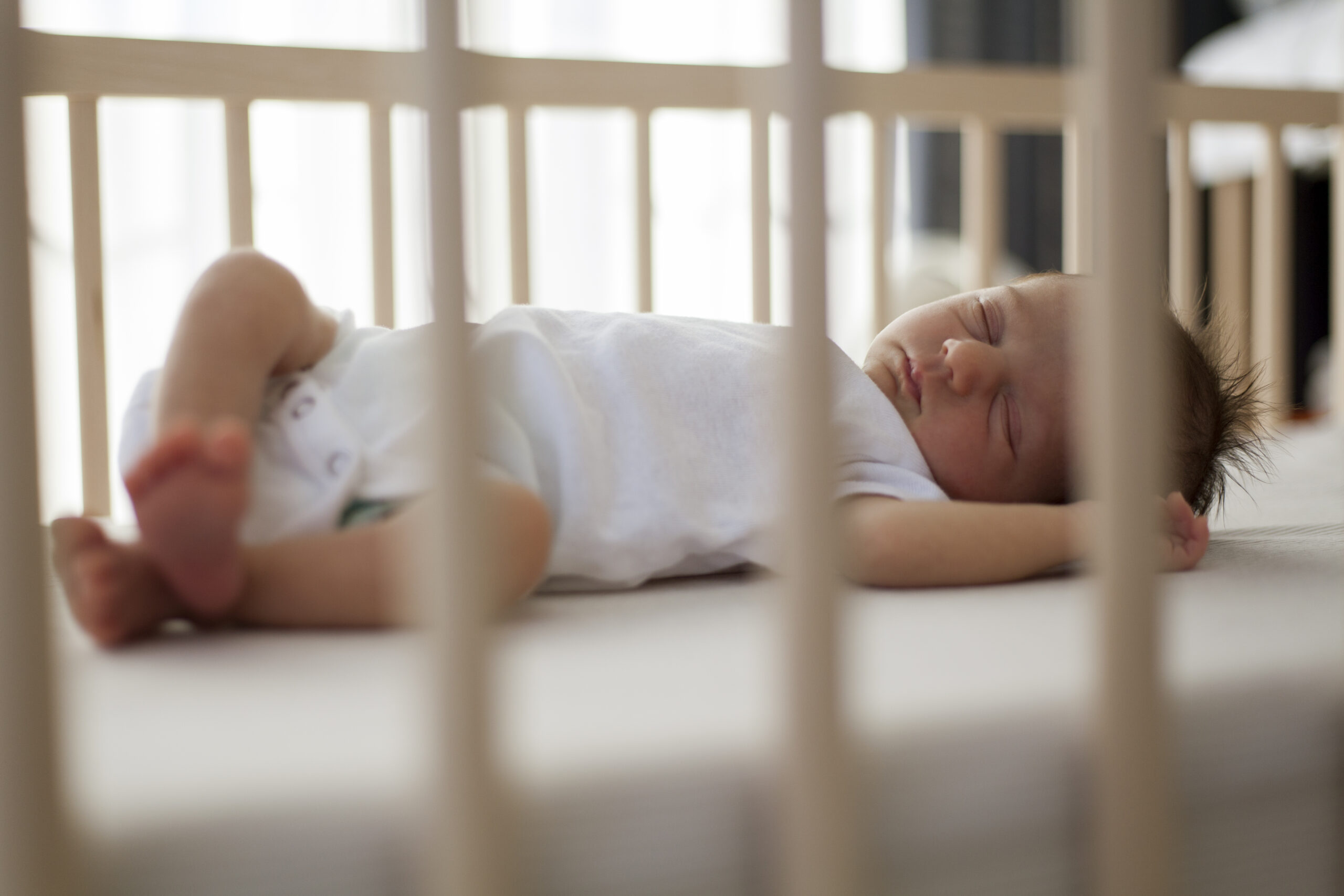
Previously, the AAP recommendation stipulated only that infants should sleep on a "firm" surface. That recommendation has now been updated to suggest that parents should "use a firm, flat, noninclined sleep surface." The recommendation also urges parents to be sure to only use sleep products that meet current federal standards per the US Consumer Product Safety Commission.
The longer you breastfeed an infant, the better.
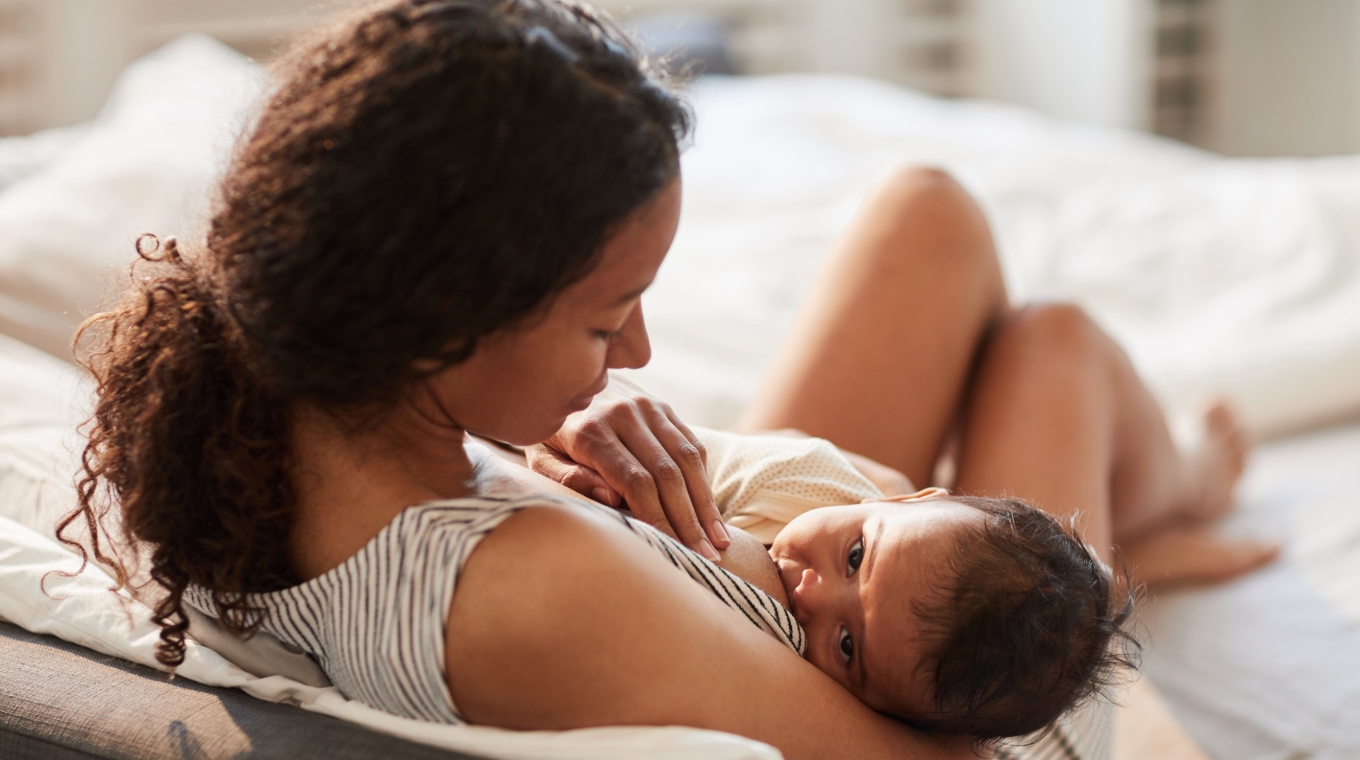
The AAP has long recommended that mothers breastfeed their infants for at least six months. Doing so is associated with a reduced risk of SIDS. Now, though, the AAP notes moms should do so "with continuation of human milk feeding for 1 y or longer as mutually desired by parent and infant, in alignment with recommendations of the AAP." Basically, breastfeed your infant as long as you are able to.
Bed sharing is bad.
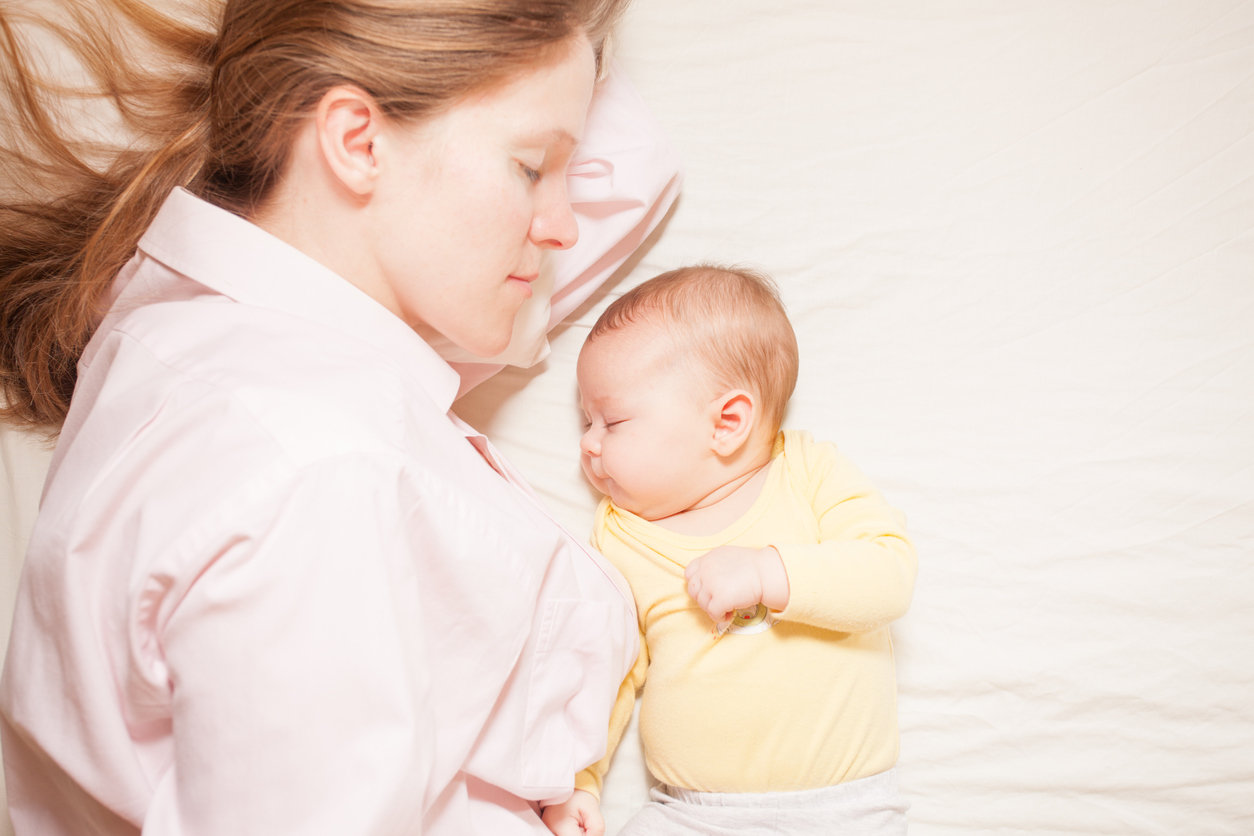
CafeMom and the AAP realize that many families choose to bed share with their infants for a variety of reasons. It has been proven again and again, however, that bed sharing is a huge risk factor for SIDS. The AAP's current recommendation is that infants sleep in the same room as their parents on a "separate surface designed for infants" for at least the first six months.
More detailed data is now available and suggests that "bed sharing with someone who is impaired in their alertness or ability to arouse because of fatigue or use of sedating medications; bed sharing with a current smoker (even if the smoker does not smoke in bed) or if the pregnant parent smoked during pregnancy and bed sharing on a soft surface, such as a waterbed, old mattress, sofa, couch, or armchair," all increase the risk of infant death by more than tenfold.
Additionally, the risk is five to 10 times higher for pre-term or low-birth-weight babies, babies who share a bed with someone other than a parent, and any baby younger than 4 months. It's not worth the risk, mamas.
Multiples shouldn't sleep together either.
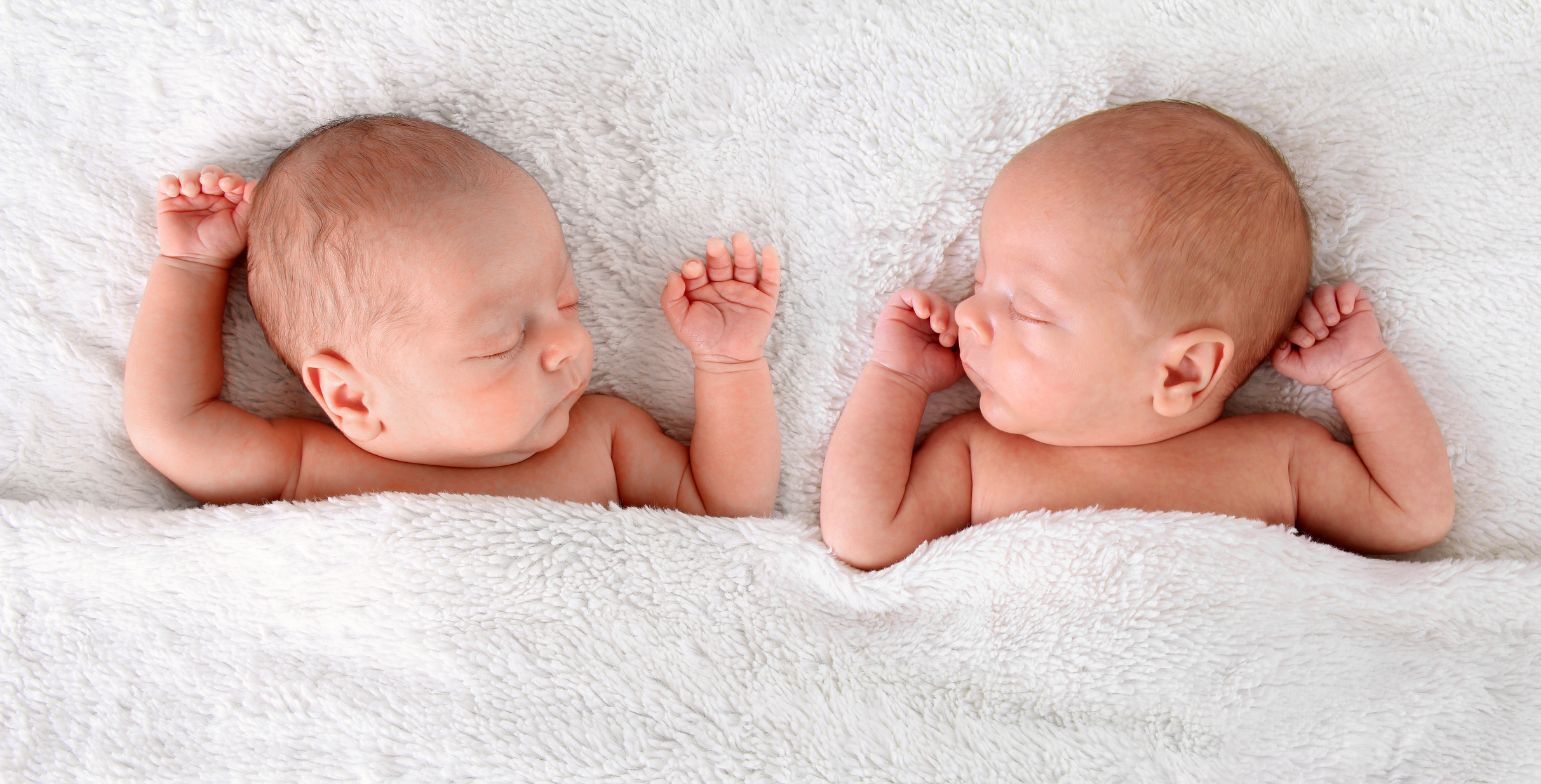
In 2016, there was still not enough data for the AAP to make a recommendation on co-bedding for twins and higher-order multiples. Now, the AAP says that the risk of multiples sleeping together outweighs any potential benefits and advises parents to have each baby sleep separately.
Weighted sleep aids and devices are not recommended.
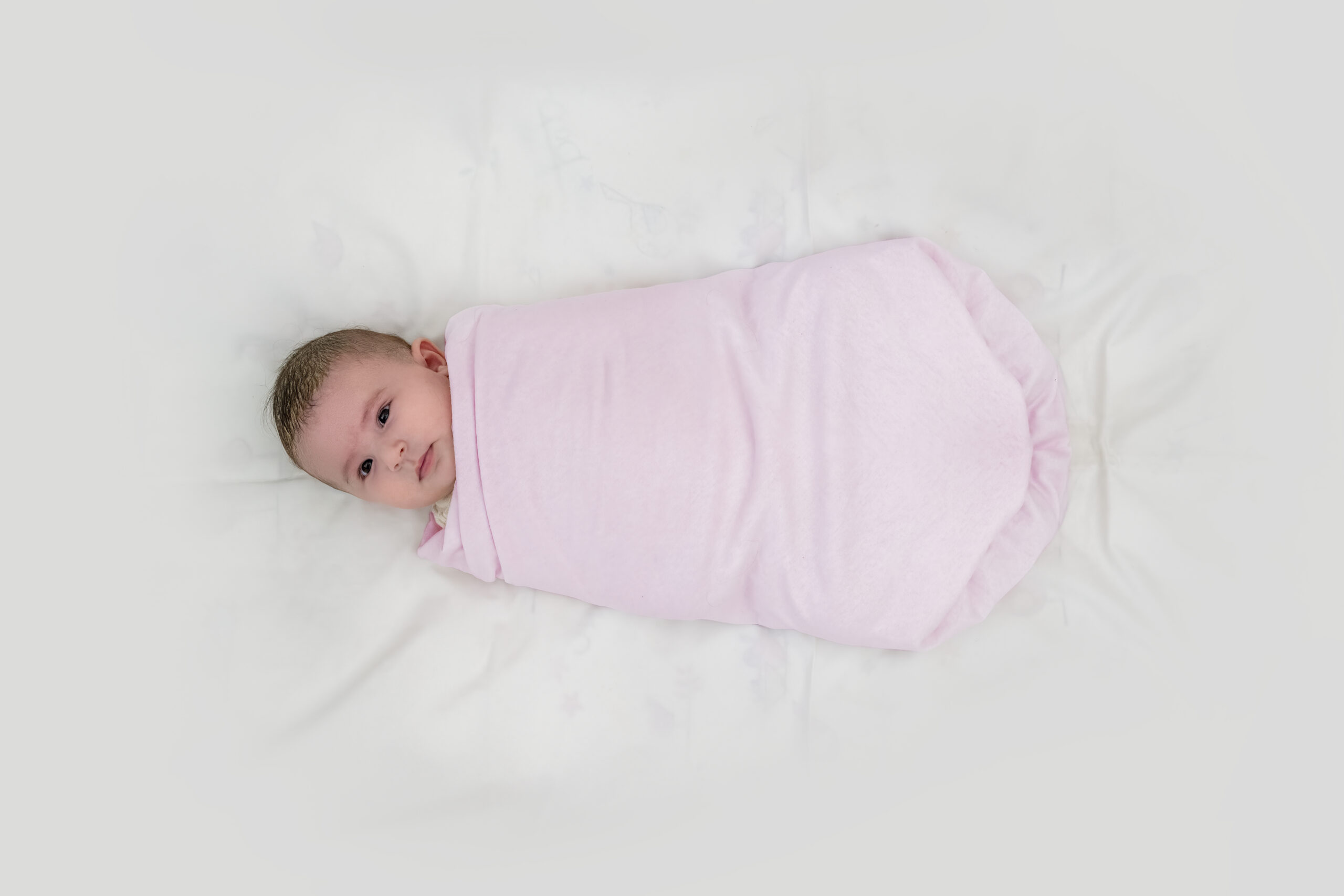
Weighted sleep blankets and other weighted sleep devices have come on the market in the past several years, but the AAP says they're a no-no. "It is recommended that weighted blankets, weighted sleepers, weighted swaddles, or other weighted objects not be placed on or near the sleeping infant," reads the new recommendation.
Instead, parents should dress their infants in layers rather than use blankets, in order to keep warm for naps and at bedtime without the possibility of head entrapment.
Delay pacifier use if you're breastfeeding.
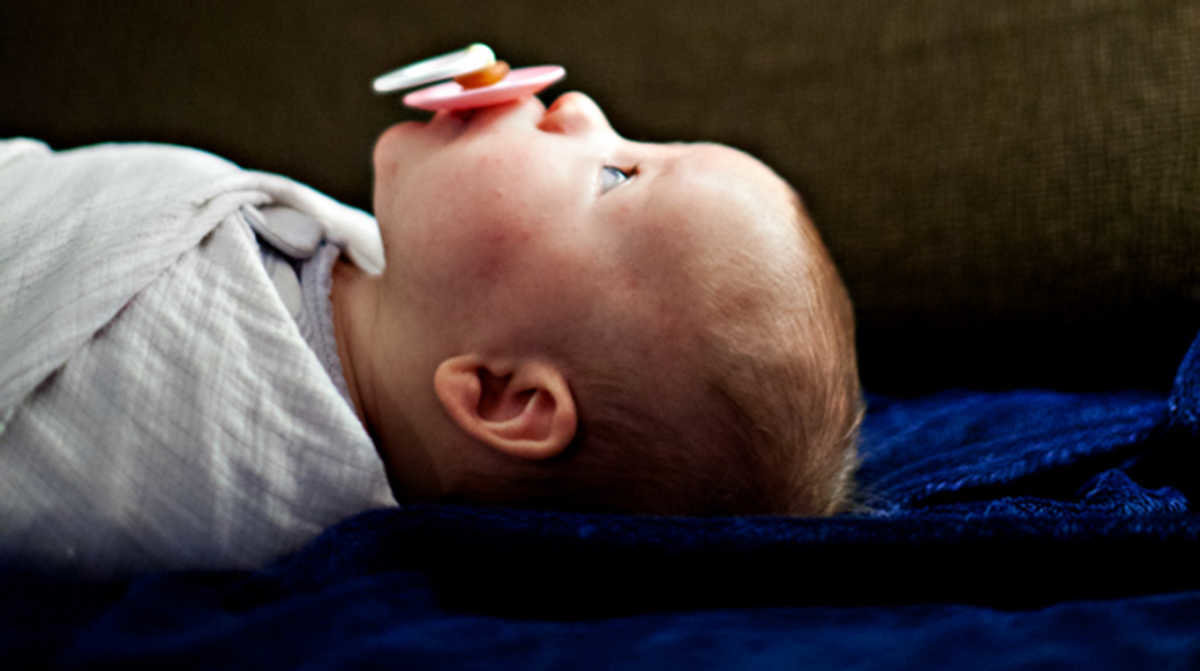
Both breastfeeding and pacifier use have been shown to reduce the risk of SIDS, but if you're breastfeeding, the AAP has long recommended that introducing a pacifier should be delayed until breastfeeding is well-established. Breastfeeding may reduce SIDS risk more than pacifier use.
Now, the AAP is offering further guidance on what that means.
"This is defined as having sufficient milk supply; consistent, comfortable, and effective latch for milk transfer; and appropriate infant weight gain as defined by established normative growth curves. The time required to establish breastfeeding is variable," reads the new recommendation.
No more hats at bedtime.
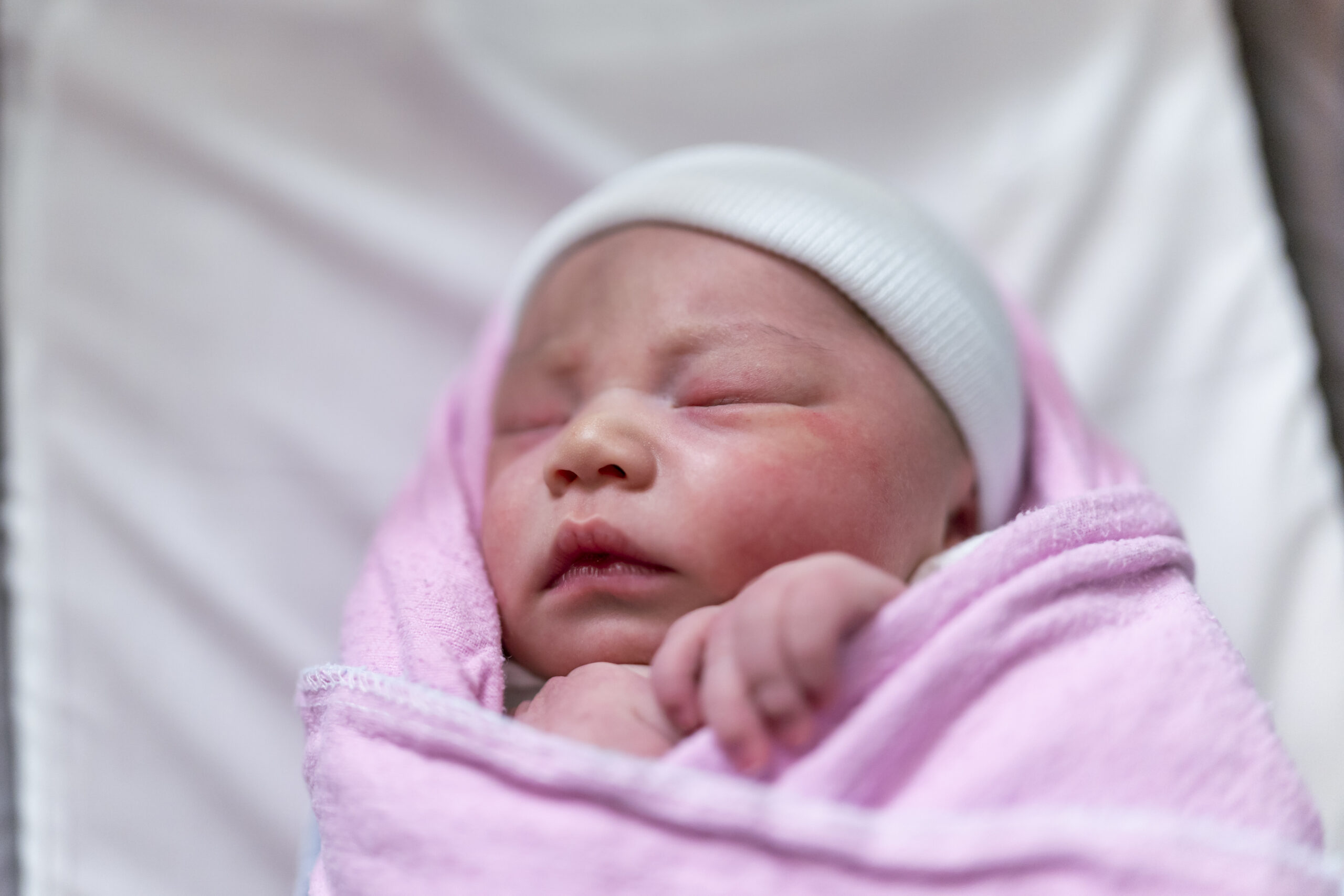
The AAP did not previously have a recommendation regarding head coverings for infants while sleeping, but it is now recommending against them. Overheating may be a contributing factor to SIDS.
"Given the questionable benefit of hat use for the prevention of hypothermia and the risk of overheating, it is advised not to place hats on infants when indoors except in the first hours of life or in the NICU," indicates the new recommendation.
Heart rate and pulse oximetry monitoring devices should not be used to prevent sleep-related deaths.
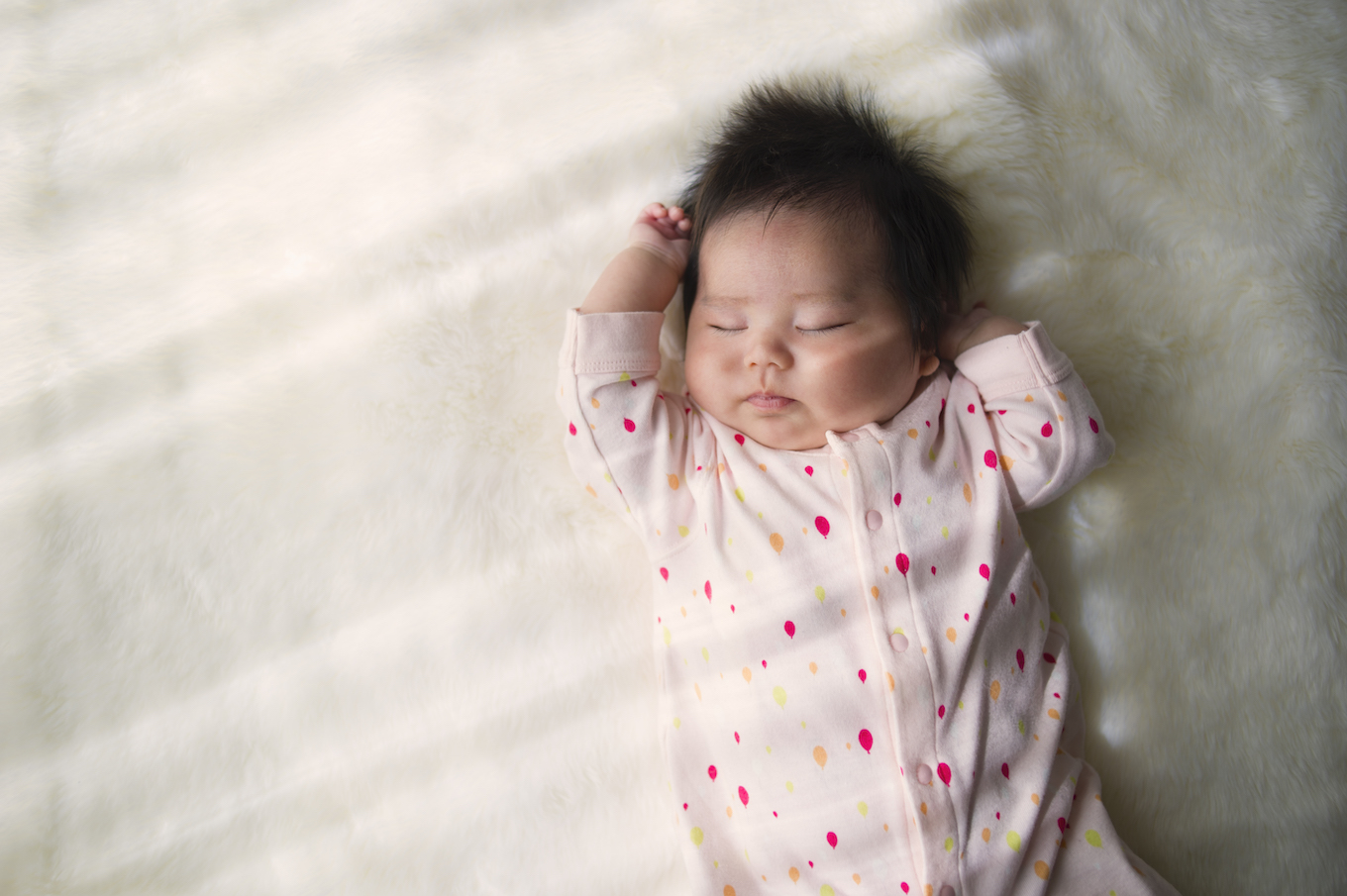
Wearable baby monitors and other heart rate and pulse oximetry monitors for babies are not regulated by the FDA the same way actual medical devices are, so the AAP says they should not be relied on to prevent sleep-related infant death.
"Although use of these monitors may give parents peace of mind, and there is no contraindication to using these monitors, data are lacking that would support their use to reduce the risk of these deaths," reads the updated recommendation. Furthermore, the AAP suggests that use of these devices may lead parents to be more complacent and less strict when it comes to adhering to safe sleep guidelines.
You should discontinue swaddling once your baby shows signs that she can roll.
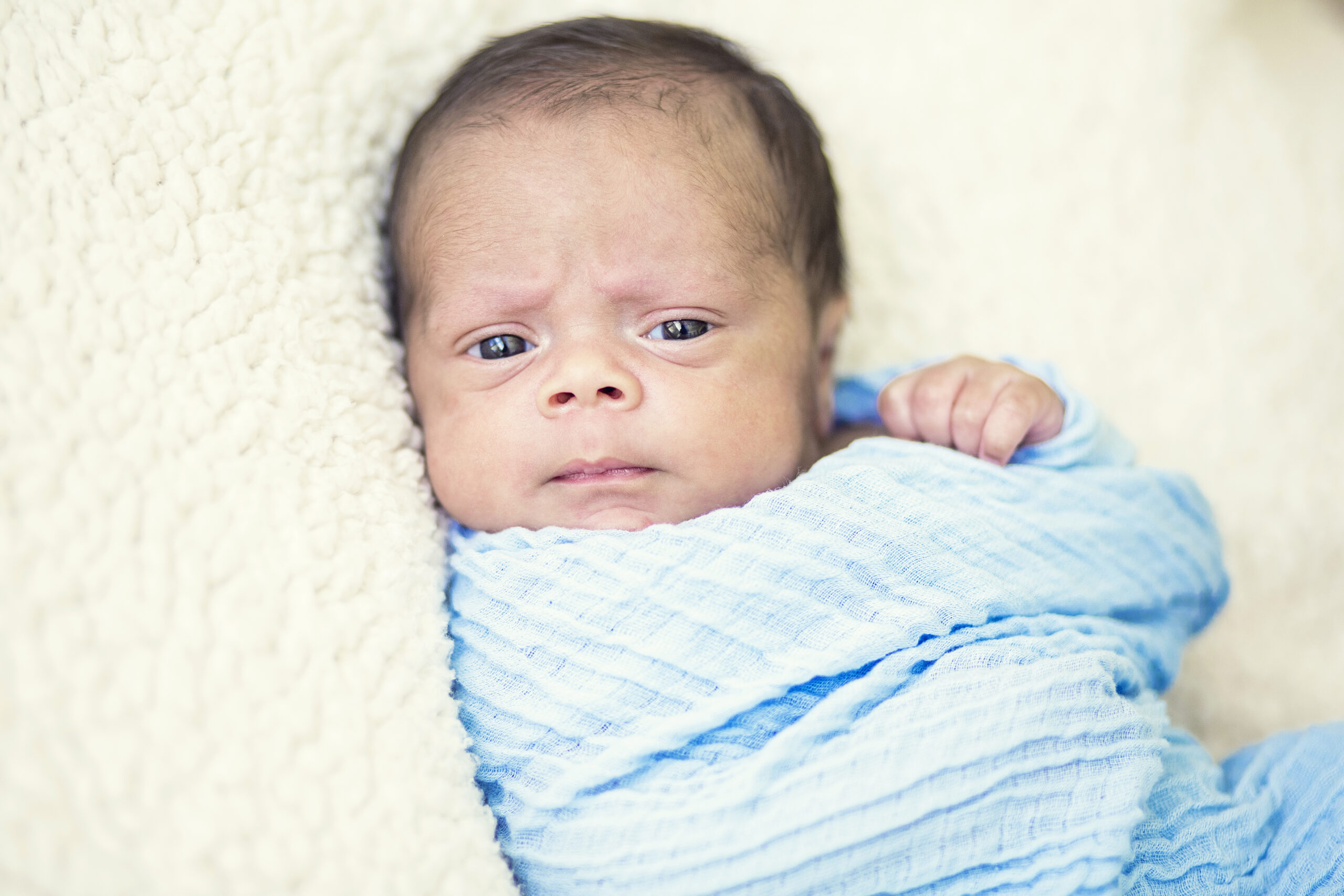
"When an infant exhibits signs of attempting to roll (which usually occurs at 3–4 mo but may occur earlier), swaddling is no longer appropriate because it could increase the risk of suffocation if the swaddled infant rolls to the prone position," notes the AAP.
Previously, the AAP recommendation did not explain why swaddling after an infant is ready to roll over was unsafe.
